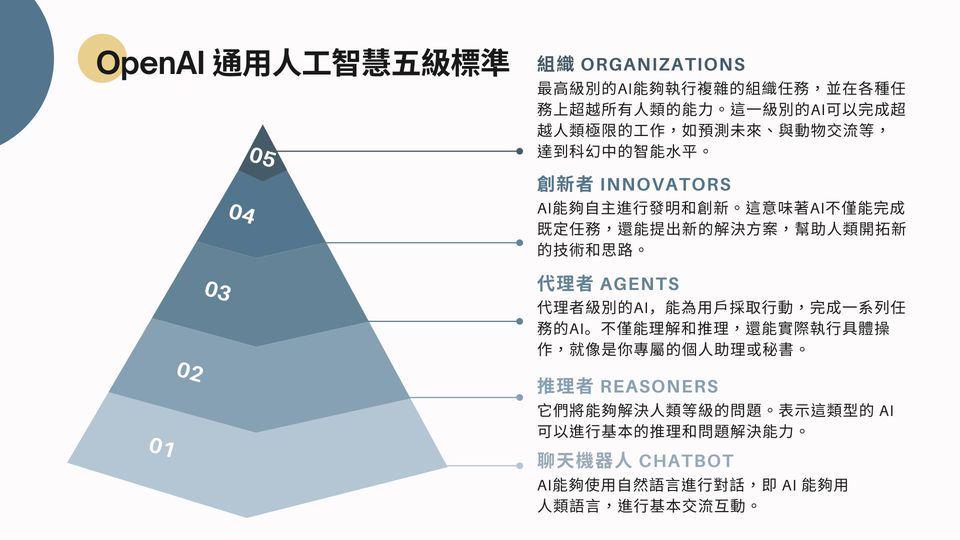OpenAI After releasing the o1 AI model, what's next? Noam Brown, a researcher at the company, gave the answer at X Platforms, theFormation"polytope"The multi-agent research team.
According to OpenAI's five-level scale, the newly introduced o1 model is in the second phase, known as "reasoners," while the development of multi-agents meets the goal of the third phase.
OpenAI's five-level scale is shown below:
- Level 1: Chatbots, AI with conversational language
- Level 2: Reasoner, AI that solves human-level problems
- Level 3: Intelligentsia, artificial intelligence capable of acting on behalf of the user
- Level 4: Innovators, AIs that can help with invention
- Level 5: Organizers, AIs that can do organizational work
OpenAI and Brown believe that multi-agent systems are the way to better AI capabilities. "We think multi-agent is the path to better AI reasoning," Brown said on X.

Citing The Information, OpenAI has been developing two types of AI agents for automating complex tasks:
- Primary control of equipment, transferring data between files or completing complex reports:
- Focus on web-based tasks such as collecting public data or booking flights.
Google is also developing multi-agent
Google DeepMind is also prioritizing the development of AI Agents. the company's CEO, Demis Hassabis, expects such systems to be ready for use in a year or two.
In an interview with Bloomberg, he said, "I'm very excited about the next phase of these large generalized models. You know, I think what we're going to see next, maybe this year, maybe next year, is more Agents-like behavior."
Introduction to multi-agent
Multi-intelligencer systems are complex systems consisting of multiple independent intelligences driven by a large language model and connected in a specific way. Each intelligent body is configured with an independent cue word, a large language model (LLM), and corresponding tools.
The system is designed to enable efficient collaboration between different intelligences to accomplish tasks together. Through this collaborative mode of operation, the system provides a more flexible and powerful solution for solving complex problems.